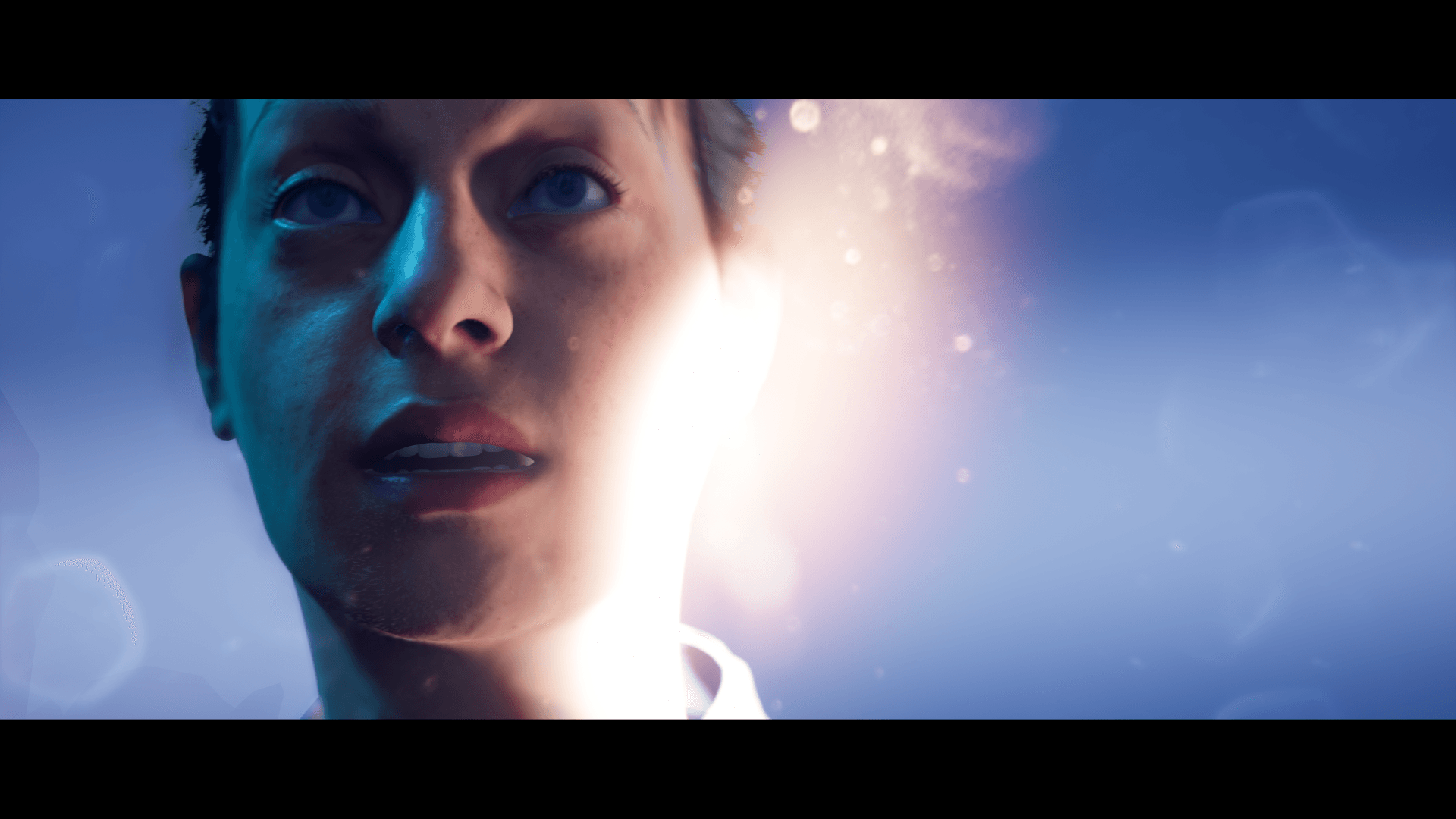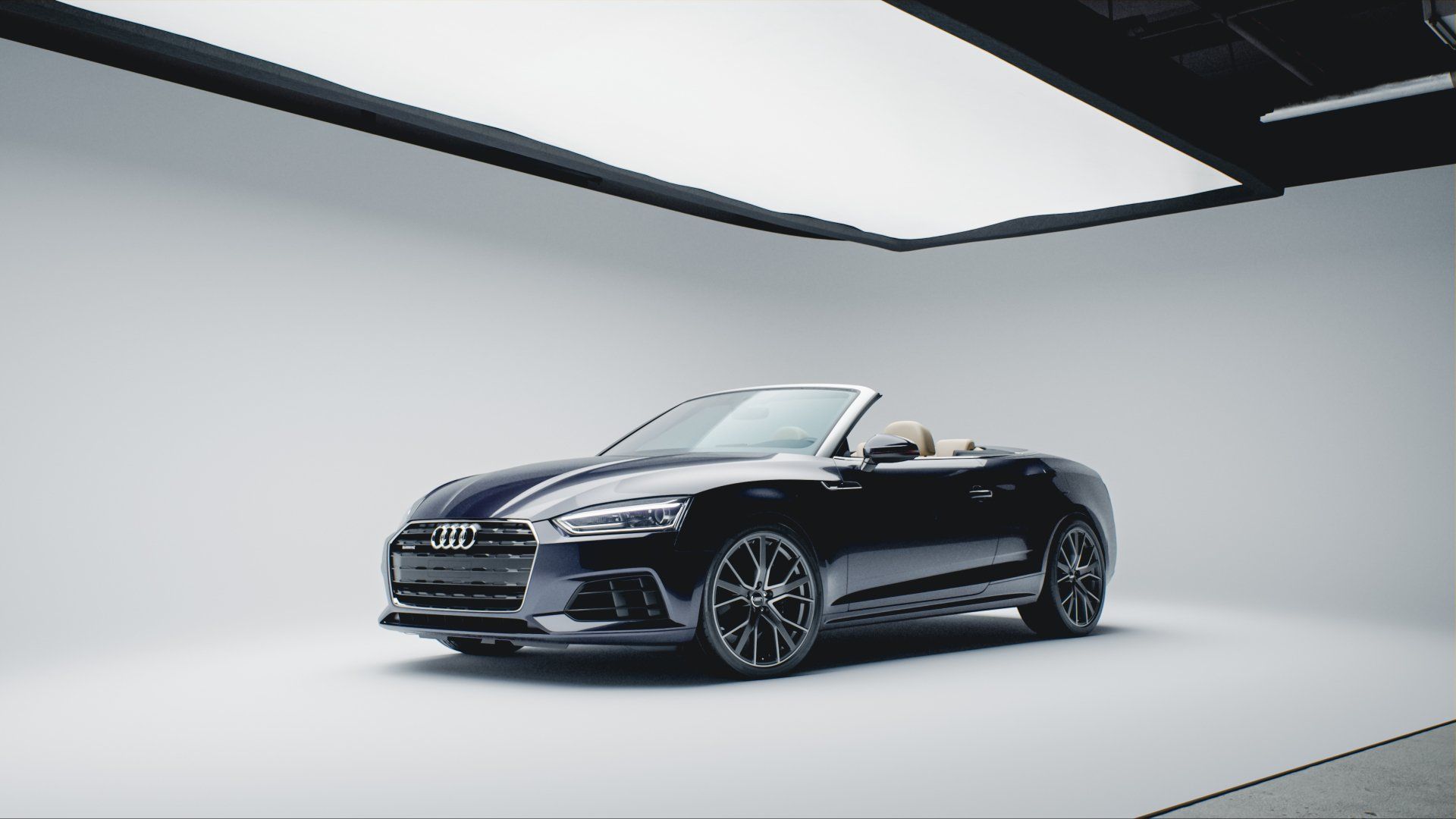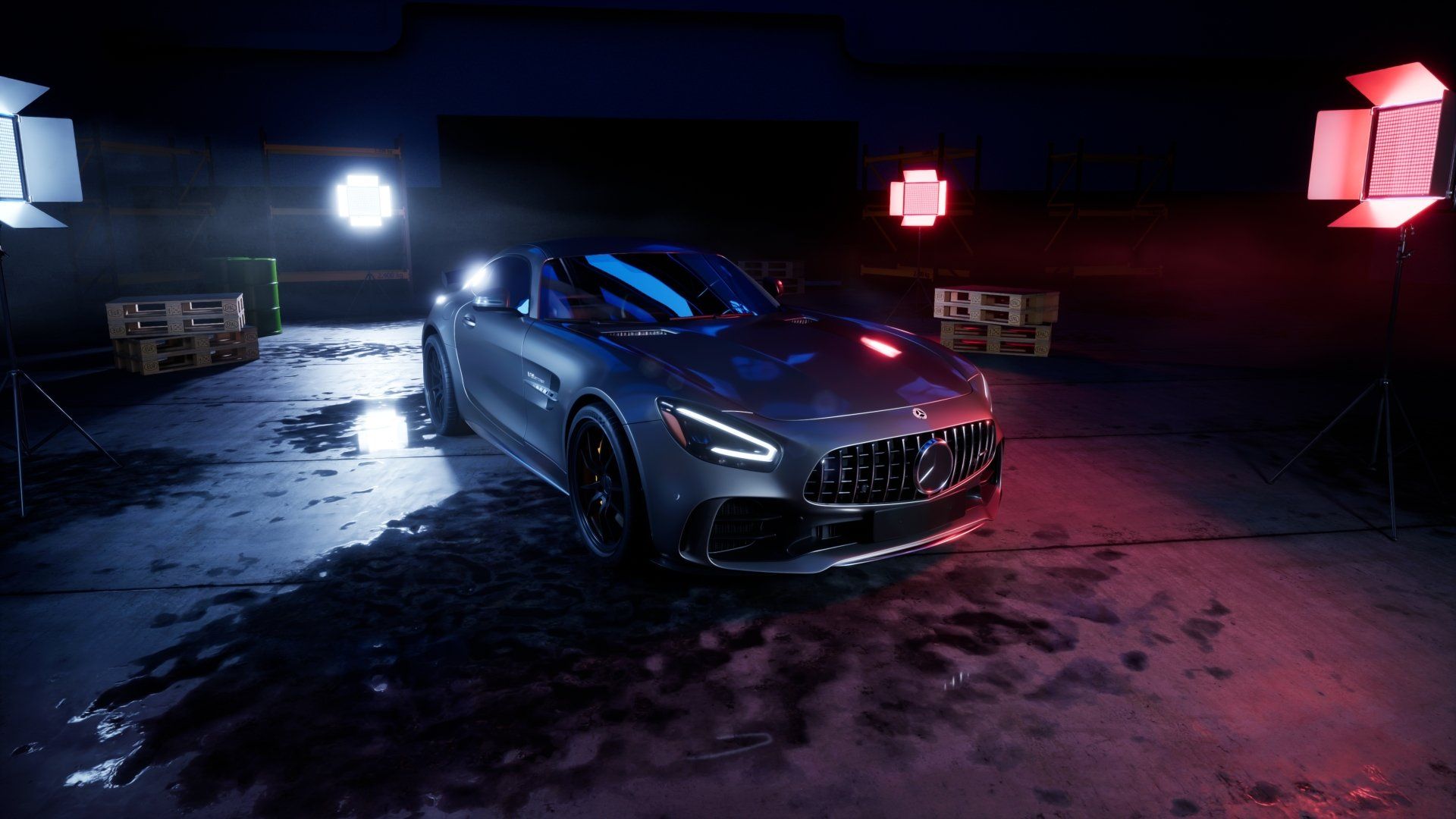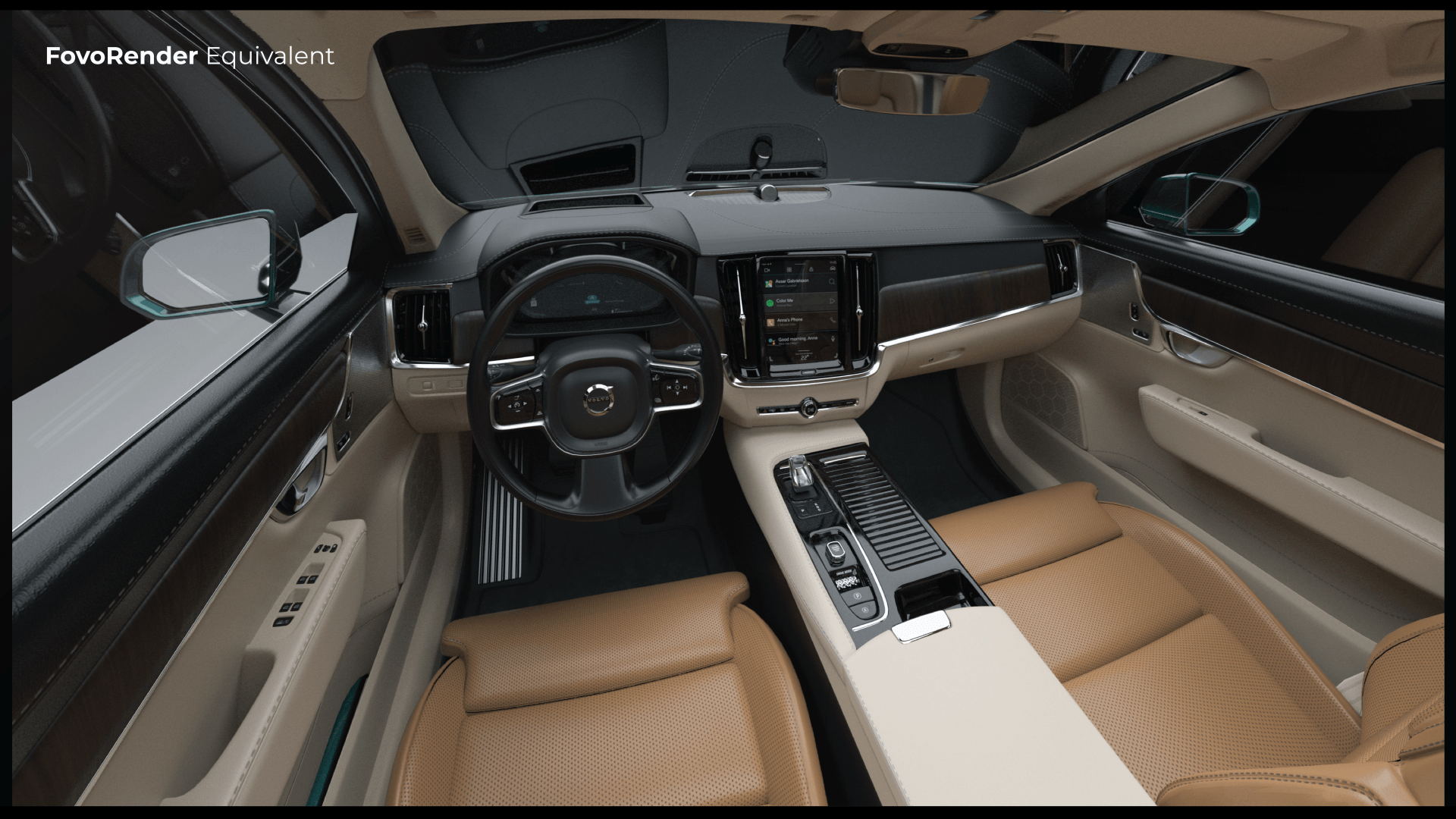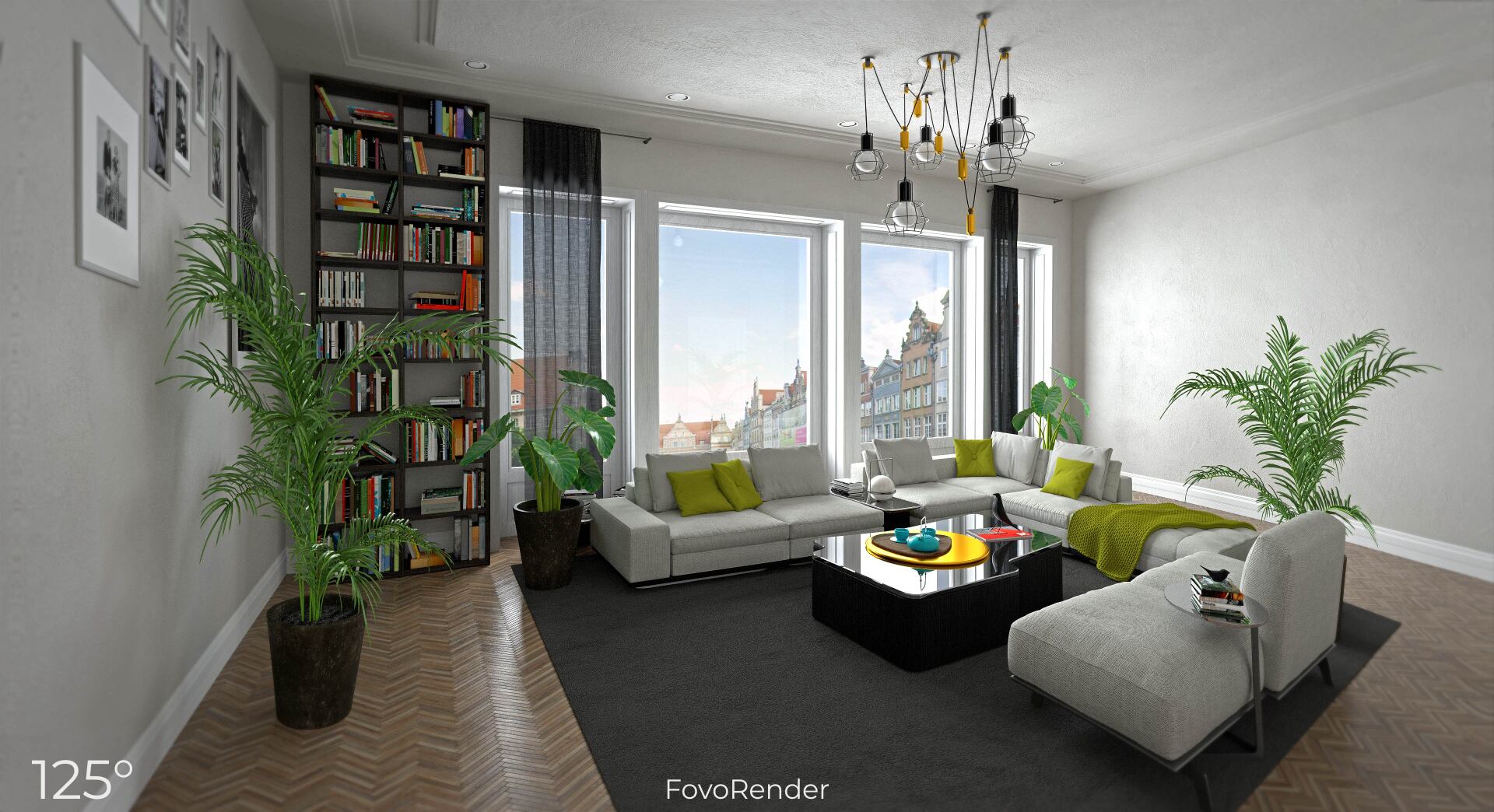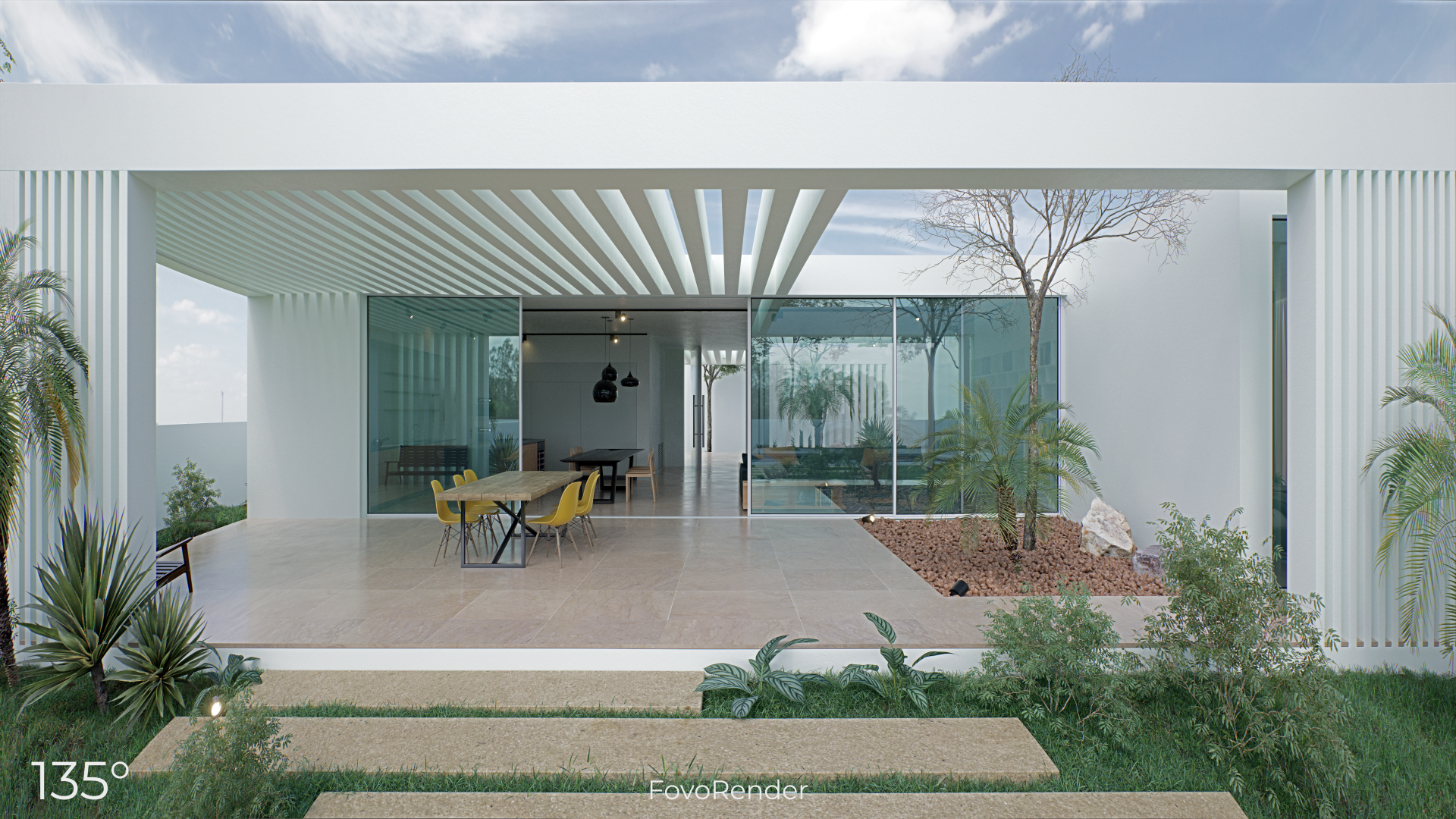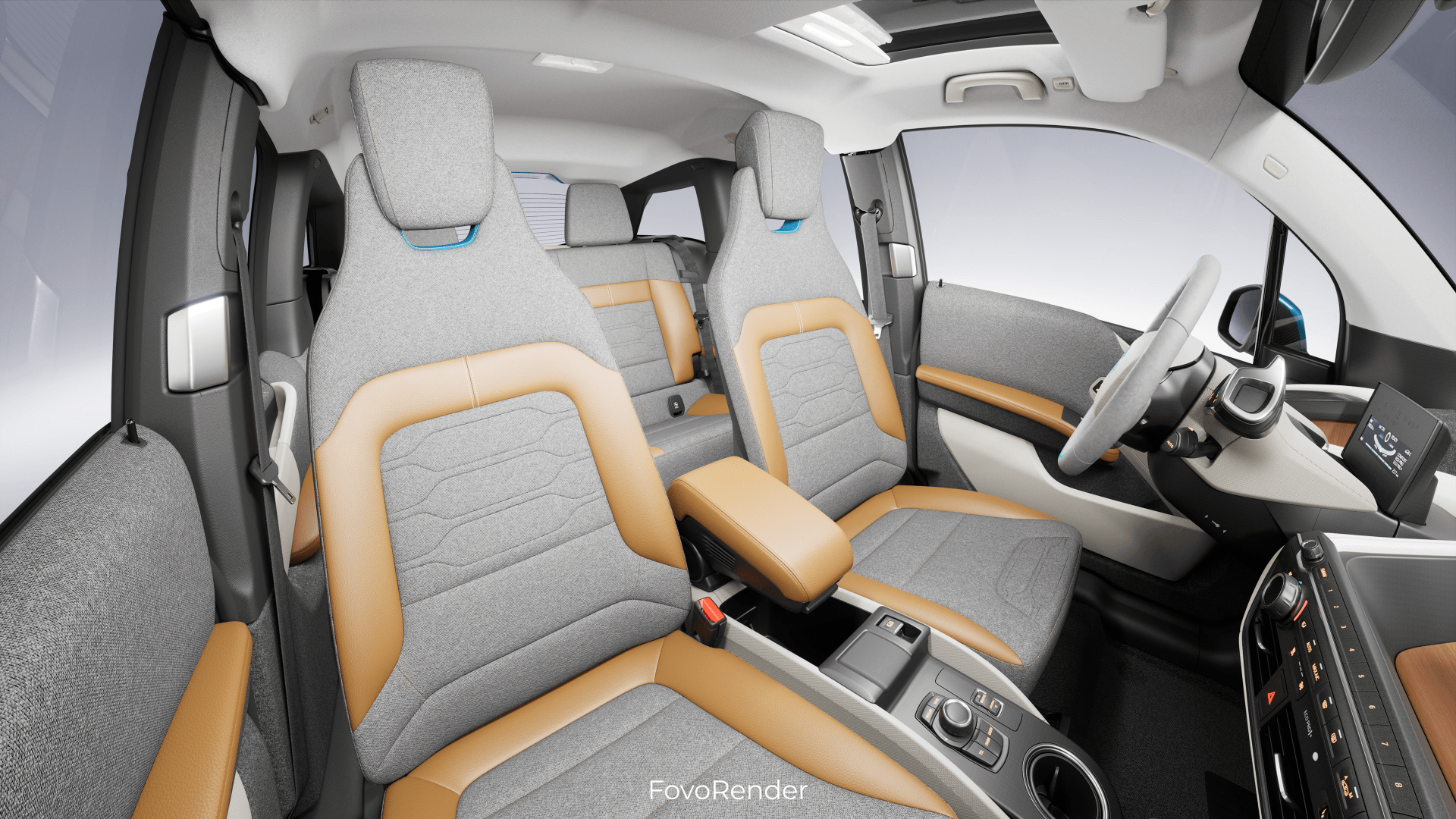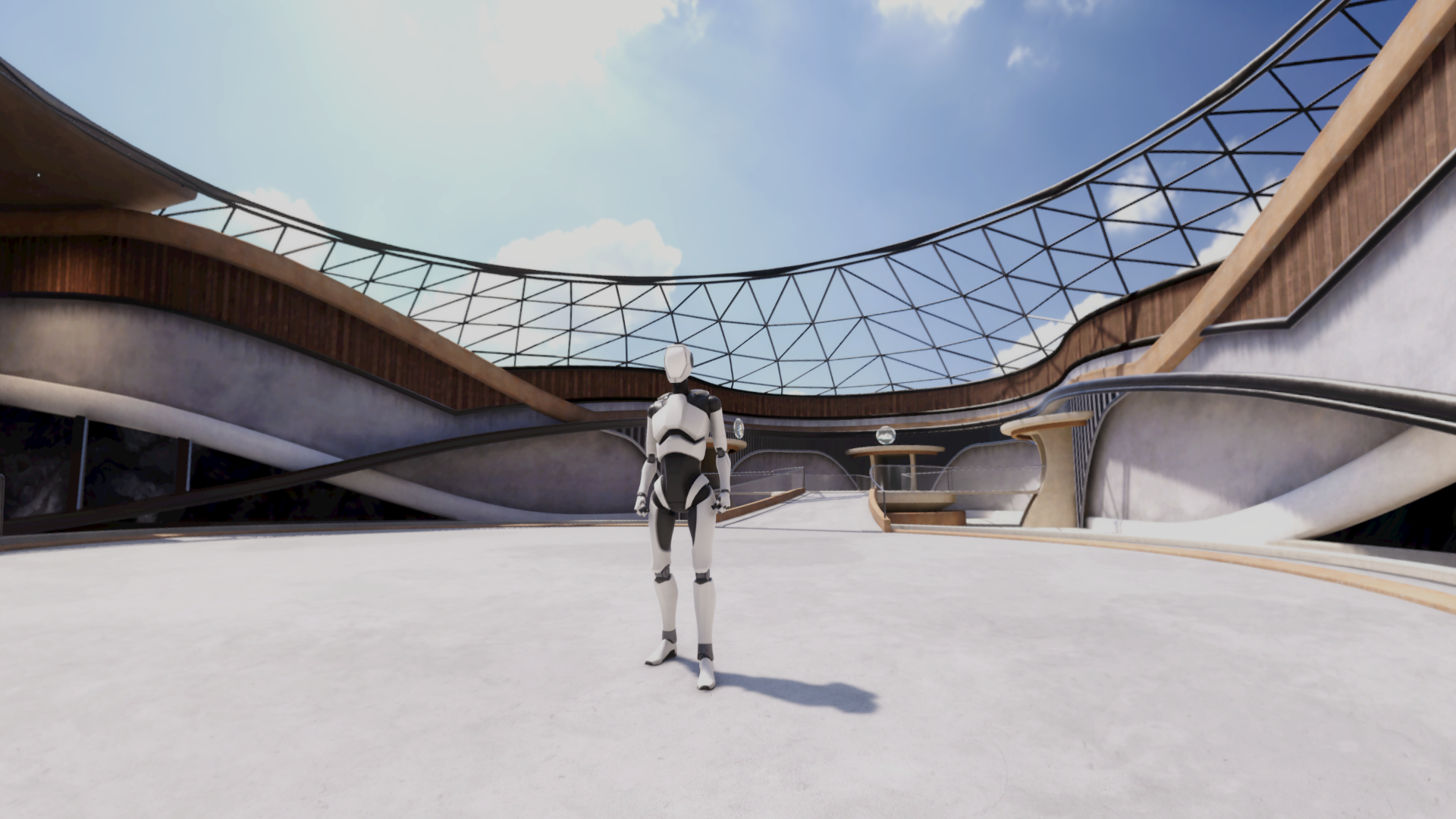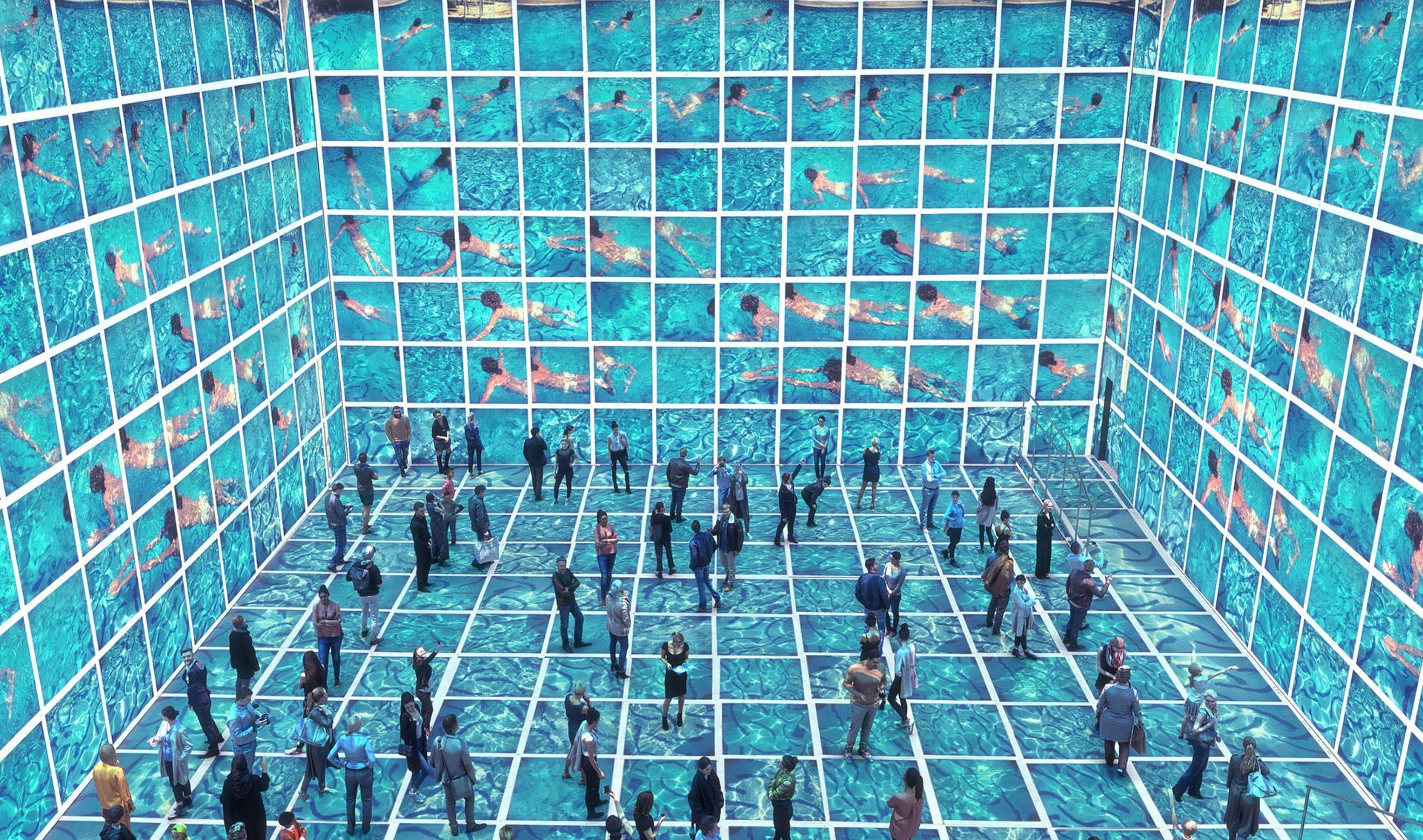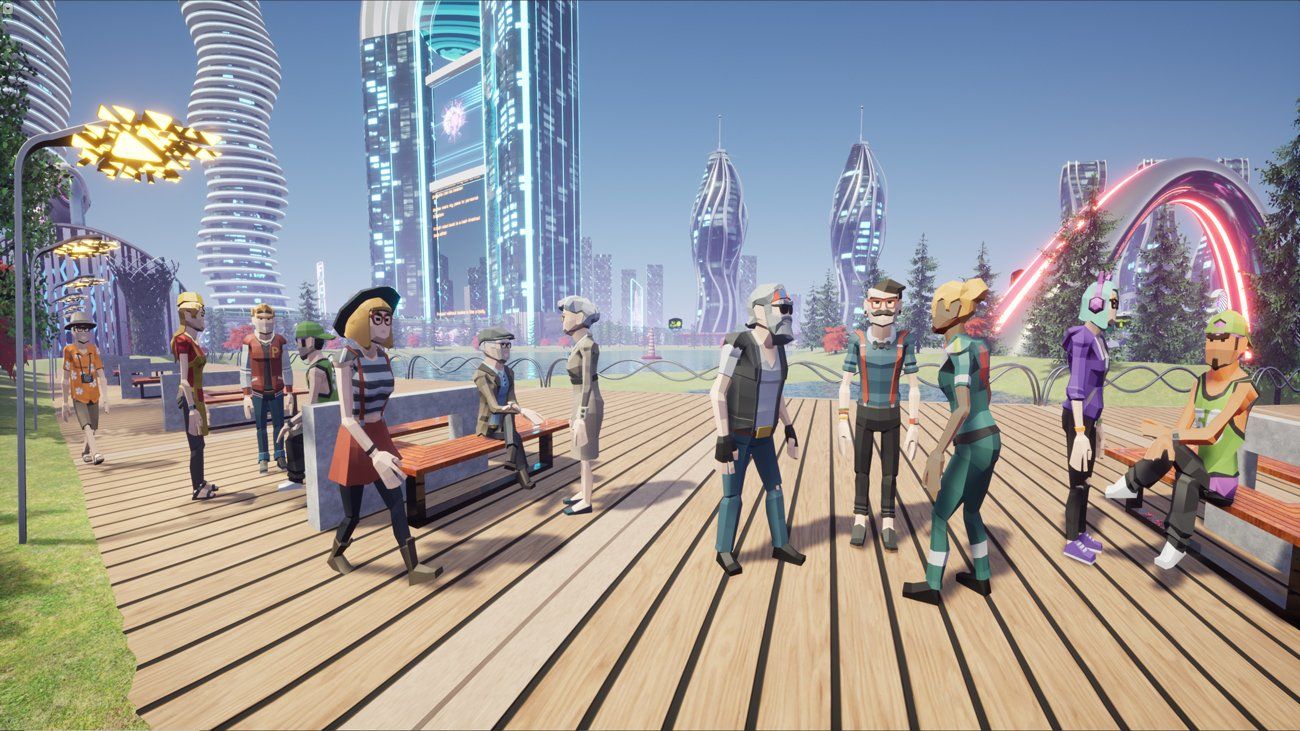The FovoRender Story: Part 1:
This is the first in a series of articles we will be releasing throughout 2022 with more detail on the long backstory of research and experimentation that underpins FovoRender and how we developed it. But we thought we would start by answering the first and most important question—why?
Why FovoRender?
The answer is simple: we wanted to find a better way to represent the world we see—as we see it.
It’s widely assumed that linear perspective perfectly represents the world as we see it. After all, we hear people talk about ‘photorealism’ and ‘optical accuracy’ in cameras and 3D graphics engines.
But there’s a great historical irony here. Artists have long known that linear perspective doesn’t represent the world as we see it, even though they (along with architects) invented the very principles of linear perspective!
Proof of this lies in the fact that artists have hardly ever used accurate linear perspective to create pictures of 3D space, despite being trained rigorously in the method for centuries.
Why? Because other than in a few very special cases, linear perspective geometry simply cannot reproduce the kind of wide and deep visual space that we naturally experience.
The clue is in the name. Linear perspective is, by definition,
linear. But we have known since at least the 17th century that human vision is non-linear. Whether you are aware of it or not, the world you actually see is really quite curvy (a consequence of several things, including the physical shape of the eyeball).
To prove this, look at the image below. It’s a regular grid, right? Now shut one eye and move your head back and forth in close proximity to the image.
It was by doing hundreds of experiments like this in our lab, and exploring art history and the history of vision science in-depth, that we gradually worked out the basic structure of visual space—which turns out to be a LOT more complex and strange than anyone ever imagined.
But then we found out something even more interesting. When we make images based on this complex geometrical structure—which we call ‘natural perspective’ because it’s based on natural human vision— people tend to say that they look deeper, more immersive and more real than images created using linear perspective.
FovoRender is a computer graphics process that implements natural perspective in 3D renderers. It’s the first form of perspective to be modelled on the structure of human visual space. It’s being used by architectural visualisers, automotive visualisers, and other 3D artists to create stills, animations and real time content that is wider, deeper and more immersive than can be achieved using traditional linear perspective-based rendering tools.
Check out the video below, go full screen and the watch should look pretty 3D, you could even try shutting one eye.
And what does Fovo stand for? Field of View Opened. We want to free the consumers of 3D content from the narrow letter-box viewports that linear perspective renderers currently impose on virtual worlds.
